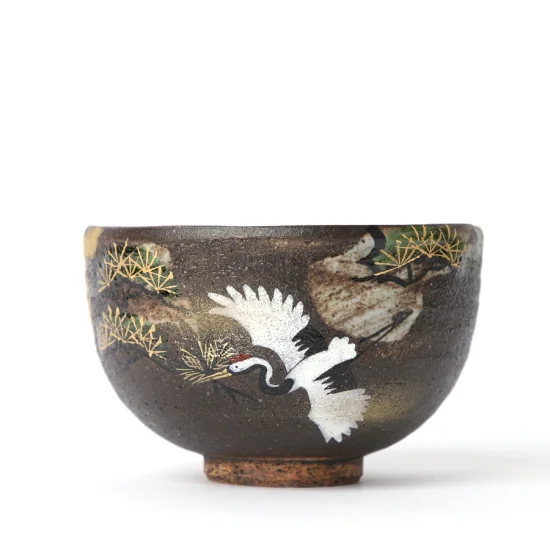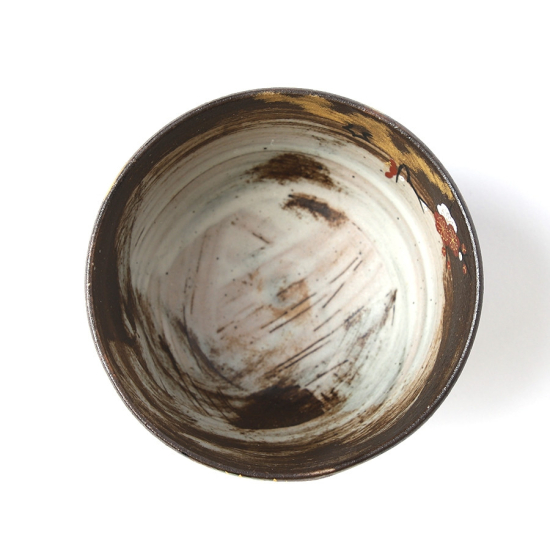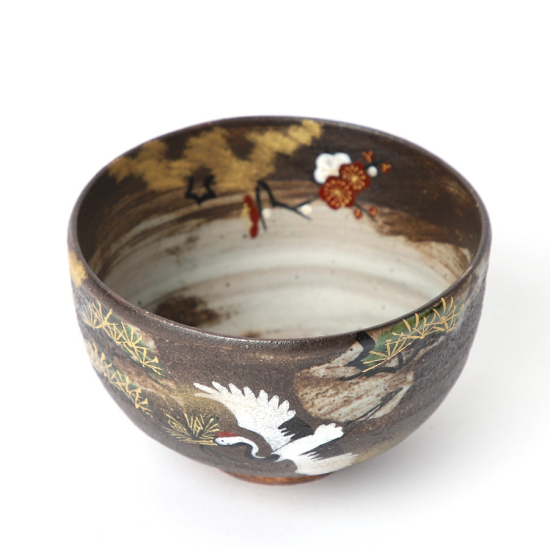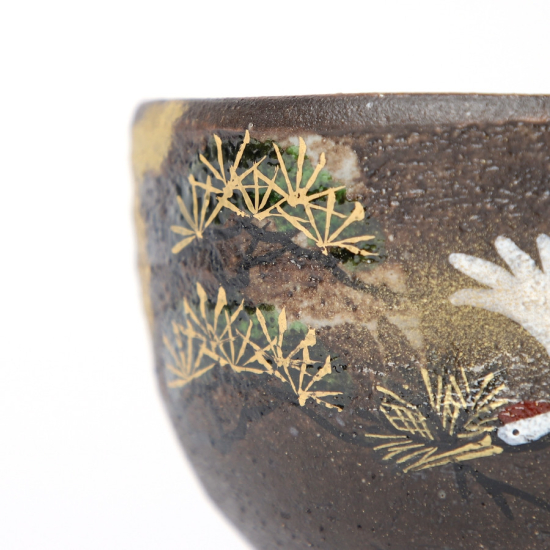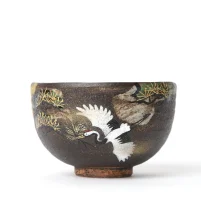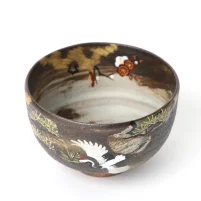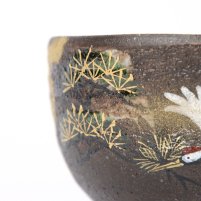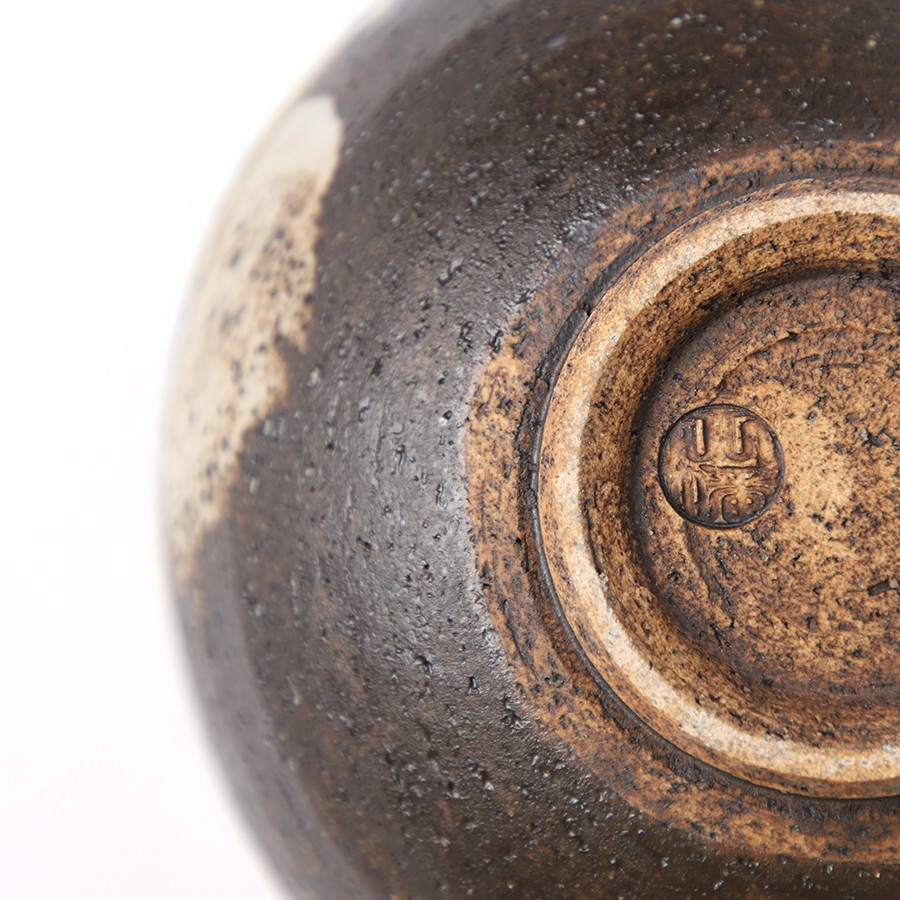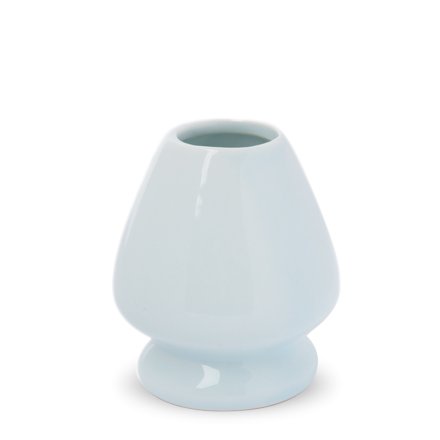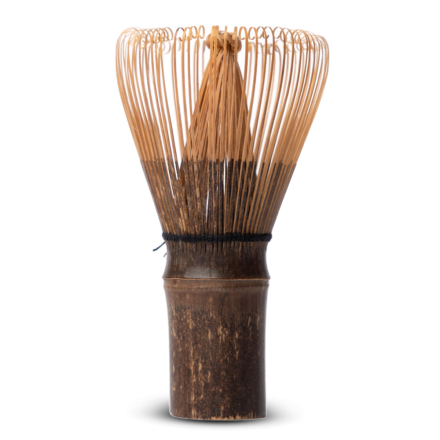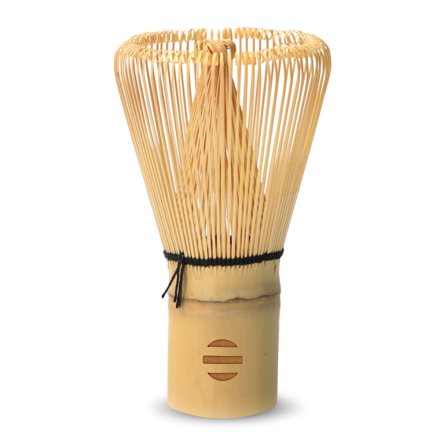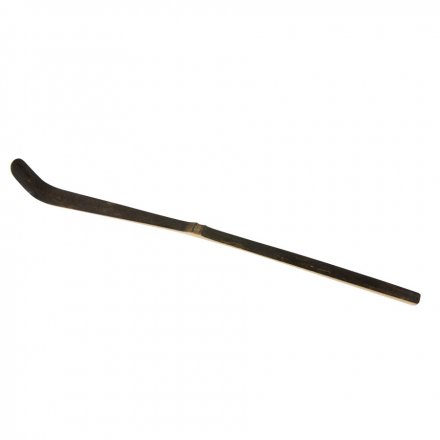Kyo-yaki 京焼 / Kiyomizu-yaki 清水焼
Both kyo- and kiyomizu-yaki are general terms, often used together or interchangeably, for stoneware or porcelain pottery produced in the ancient imperial city of Kyoto and encompass a wide variety of ceramic styles. From 794 to 1603, Kyoto was the imperial capital and attracted the most skilled artisans in the country. Even after the seat of government was moved to Edo, now Tokyo, Kyoto remained the cultural and intellectual centre of Japan. As such, it attracted Japan's most skilled artisans, who were supported by nobility as well as the purchasing power of the market. This gave Kyô-yaki special status in Japanese ceramics, and for a long time it even determined the style for the whole country. Typical Kyoto wares are decorated with colourful, hand-painted motifs using overglaze enamels: a technique that emerged in the 17th century and is still a trademark of Kyo-yaki today.



